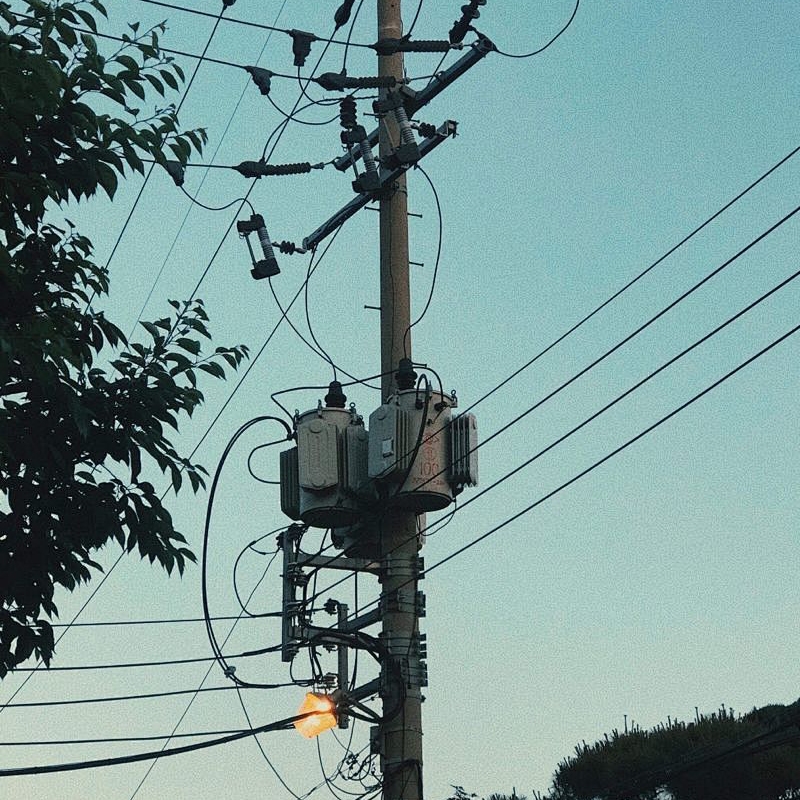Transformer troubleshooting
1. Check the appearance of the transformer: Observe whether the transformer has deformation, damage, leakage of oil, etc., pay special attention to whether the high and low pressure bushing is clean, there are no cracks, damage and flashover discharge traces.
2. Check the oil level and oil color: low oil level may be caused by leakage or evaporation, and abnormal oil color (such as milky white or cloudy) may indicate that there is a fault inside the transformer.
3. Check the temperature and overload protection device: check whether the transformer is overtemperature, which may be caused by overload, poor heat dissipation or fan failure.
4. Check the noise and vibration of the transformer: abnormal noise is often a manifestation of internal parts loosening or mechanical failure, and excessive vibration may be caused by loose mechanical parts, improper installation or core resonance.
Second, electrical parameters check
1. Measure input and output voltage: Use a multimeter or voltmeter to measure the input and output voltage of the transformer to ensure that it meets the design requirements. If the output voltage is significantly lower or higher than the rated value, it may be caused by winding damage or load mismatch.
2. Measure the load current: Check whether the load current of the transformer exceeds the rated value. If the load current is too large, it may be that the overload causes the transformer to heat up or run under excessive load.
3. Measure the insulation resistance: Use the insulation resistance tester to measure the insulation resistance of the transformer winding and compare it with the standard value. If the resistance value is too low, it indicates that there is an insulation problem inside the transformer.
Third, protection device inspection
1. Check the relay and protection device: check whether the overload protector and short circuit protector have been triggered, and check whether the protector works normally.
2. Check the temperature controller: If the alarm or display of the temperature controller is abnormal, check the sensor wiring, and remove the temperature control signal during no-load closing if necessary.
Four, oil quality inspection
1. Check the oil quality and oil level: regularly check the oil quality and oil level of the transformer, the oil quality is clean, no impurities, and is in the normal oil level. If the oil is aged or the oil level is abnormal, it should be handled in time.
2. Gas analysis: Qualitative and quantitative analysis of dissolved gases (such as hydrogen, methane, ethylene, acetylene, etc.) in the oil sample through the gas chromatograph, according to the changes in gas composition and content to determine whether there is overheating, discharge and other faults inside the transformer.
5. Other inspections
1. Check the grounding device: The grounding device is in good condition and properly connected to reduce the influence of external factors such as lightning on the transformer.
2. Check the electrical connection: check whether each electrical connection point is firm and reliable, and there is no corrosion, overheating and burning phenomenon.
During the inspection process, safety operation procedures should be followed to ensure the safety of personnel and equipment. For complex fault situations, it may be necessary to combine multiple troubleshooting methods for comprehensive analysis and judgment.




